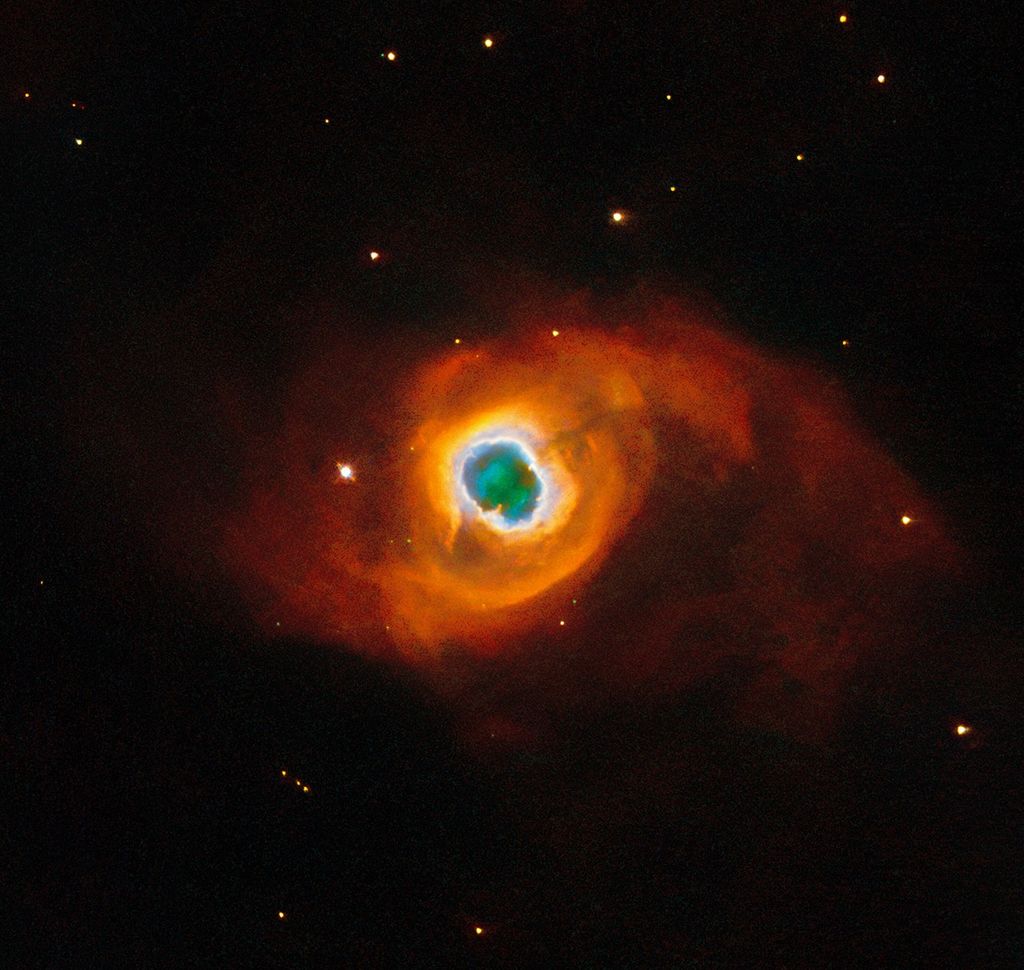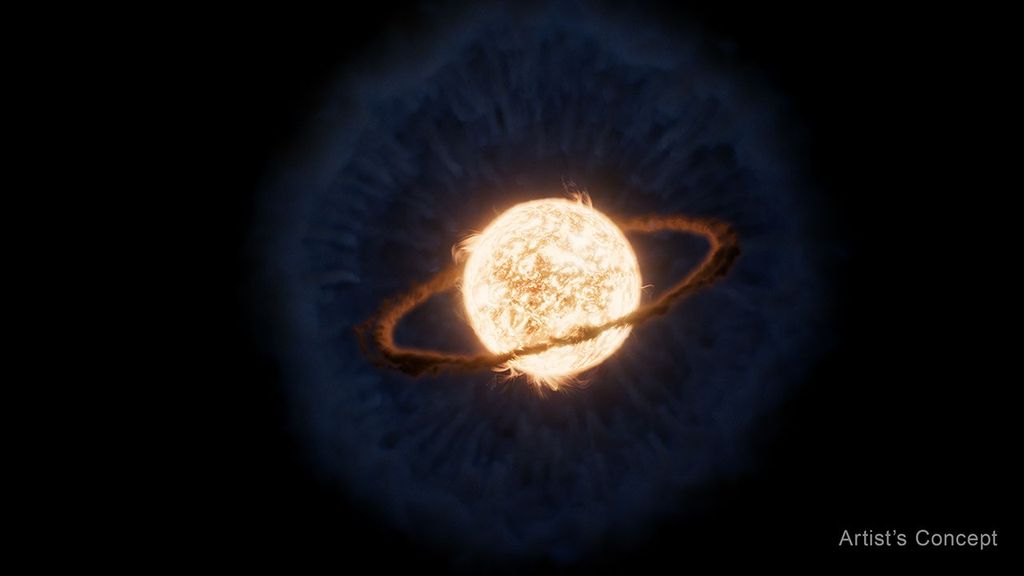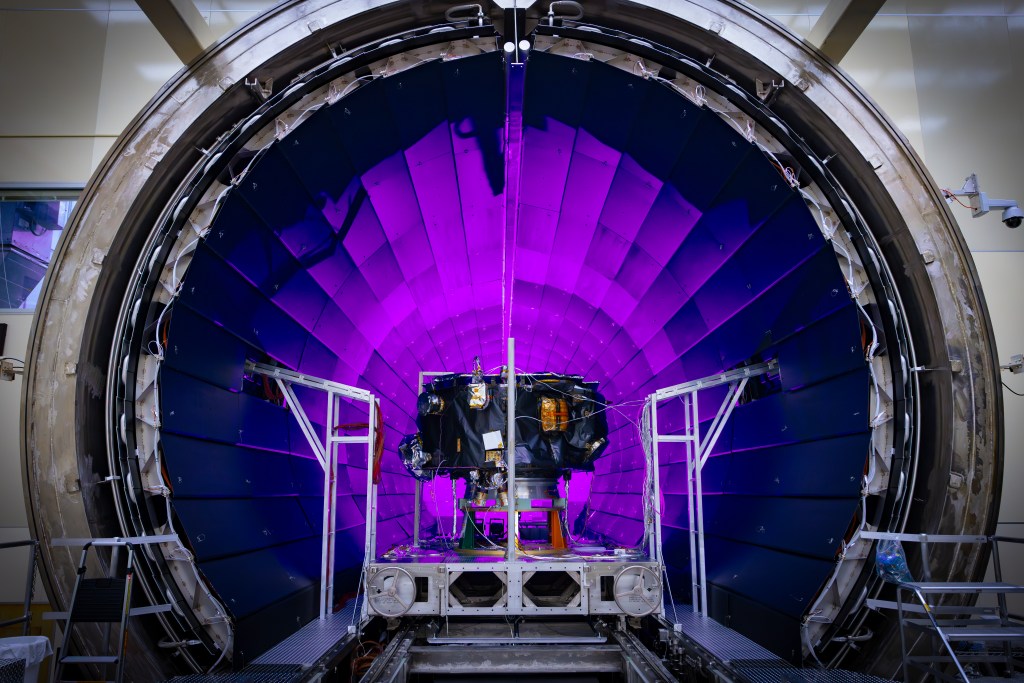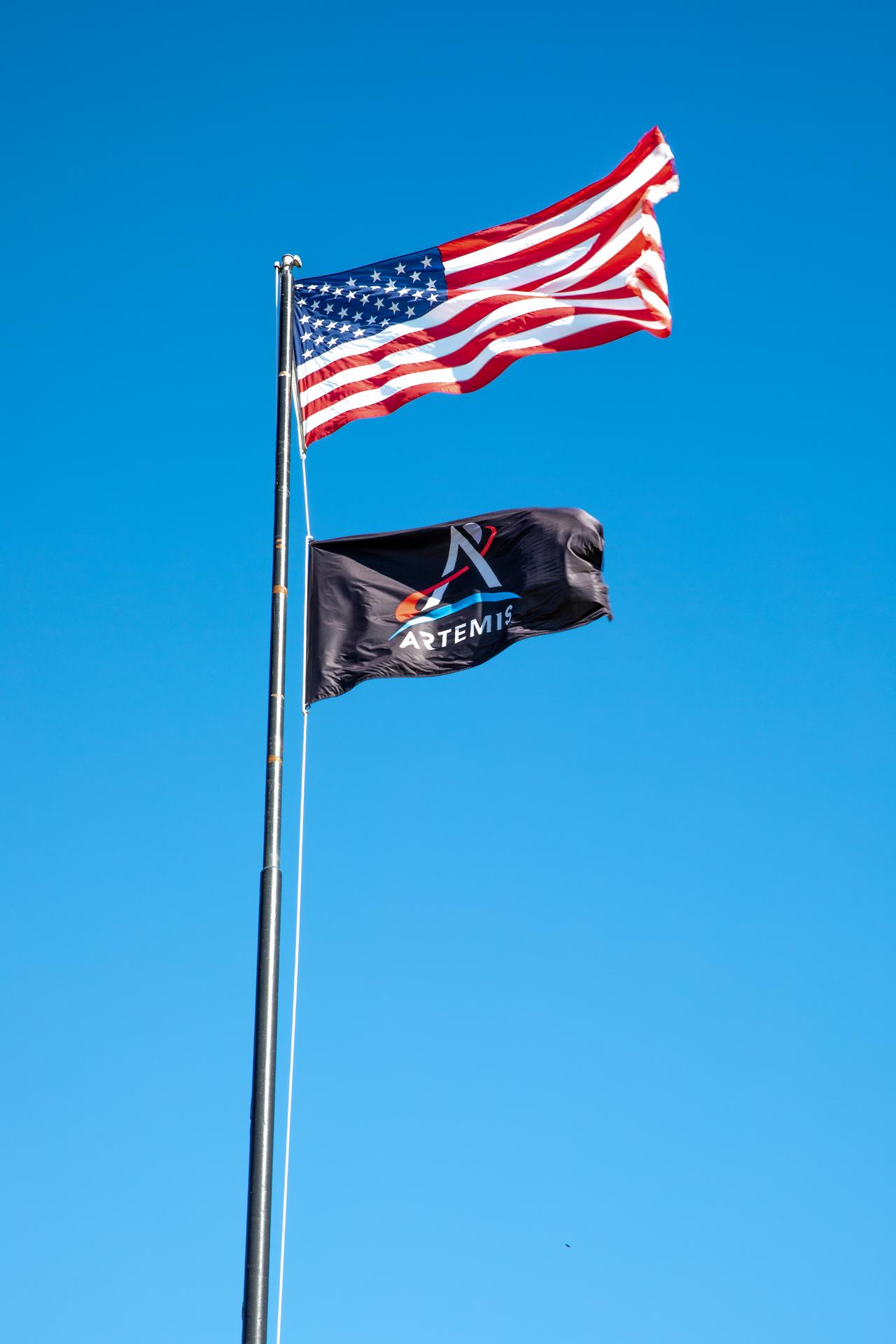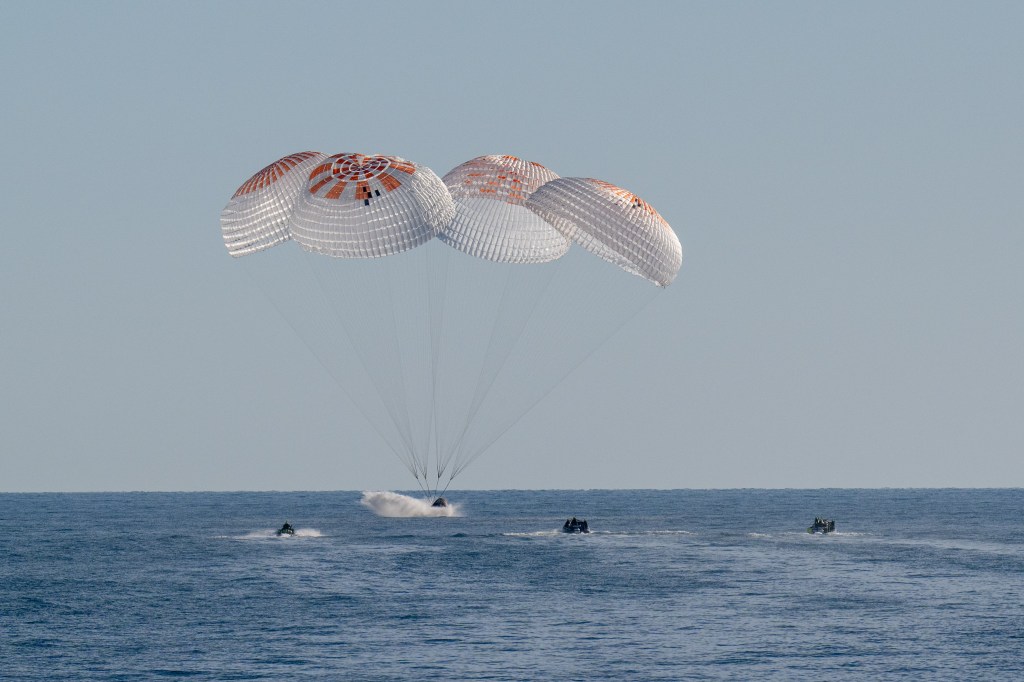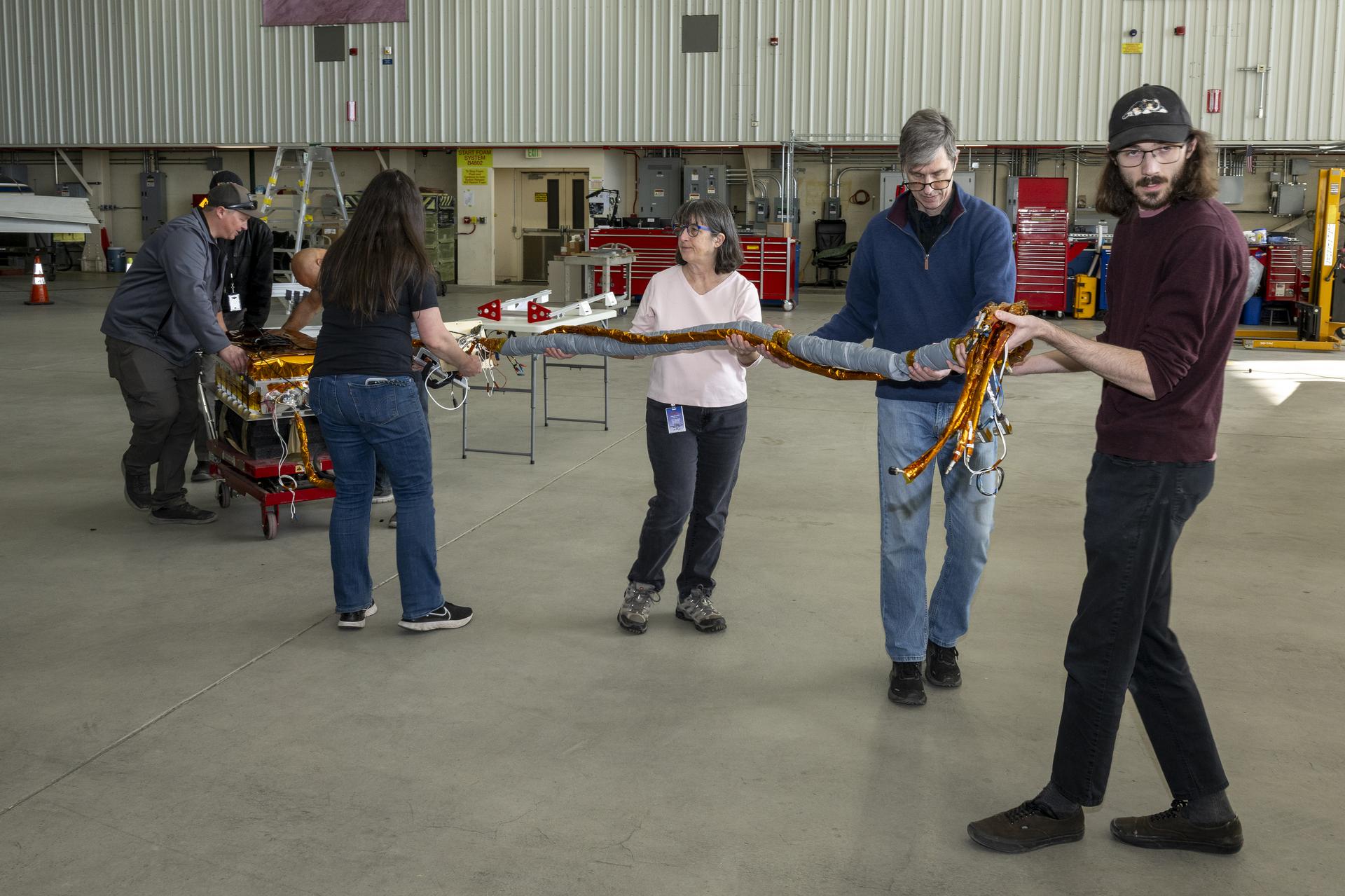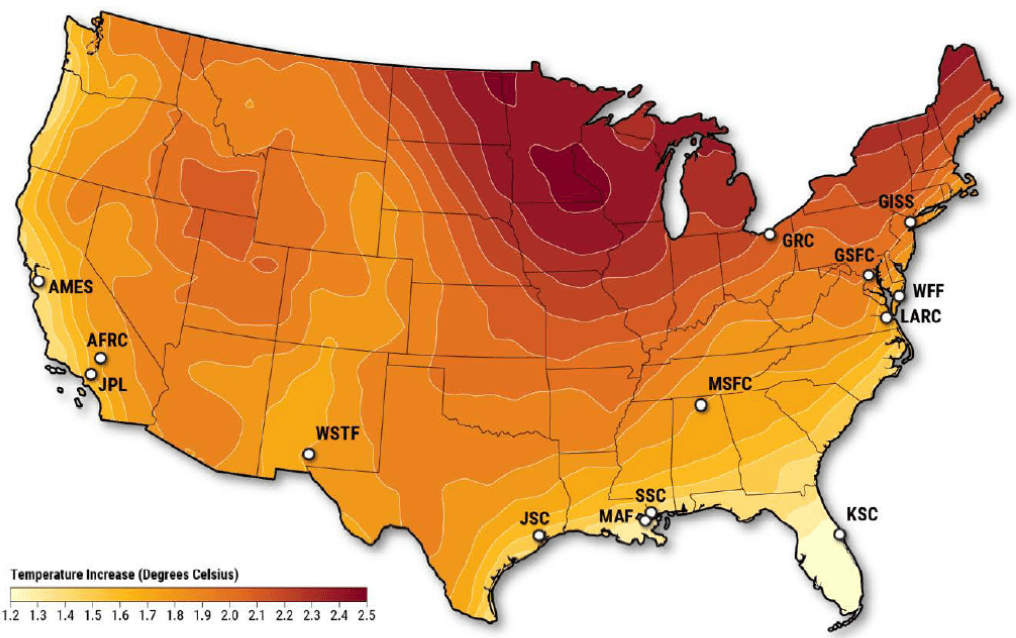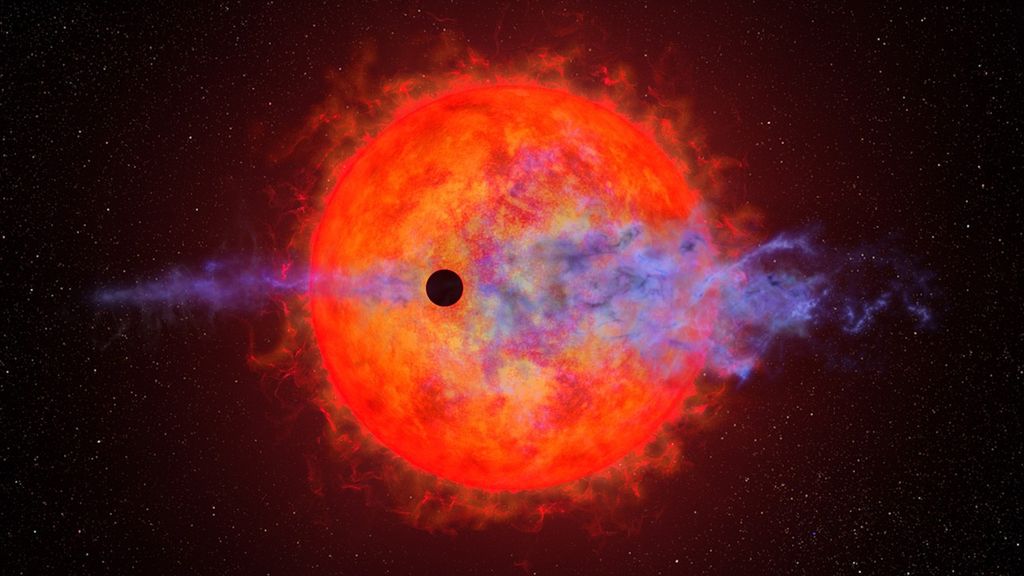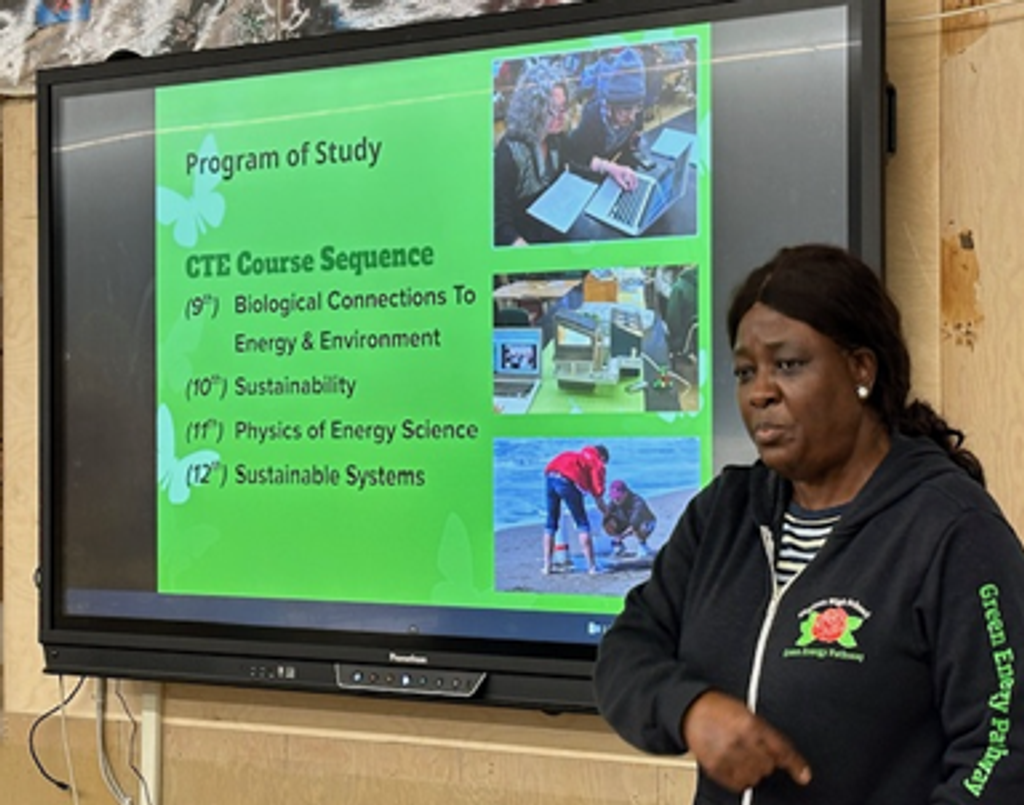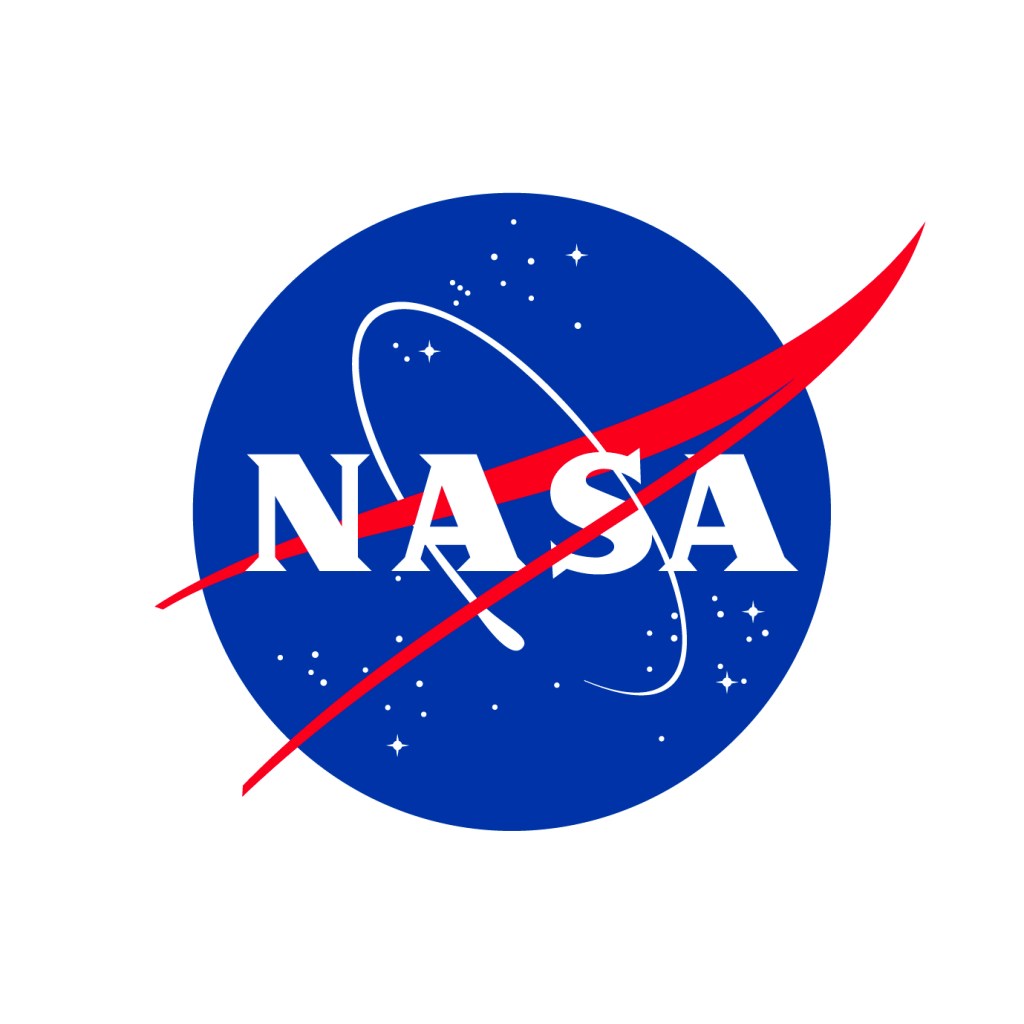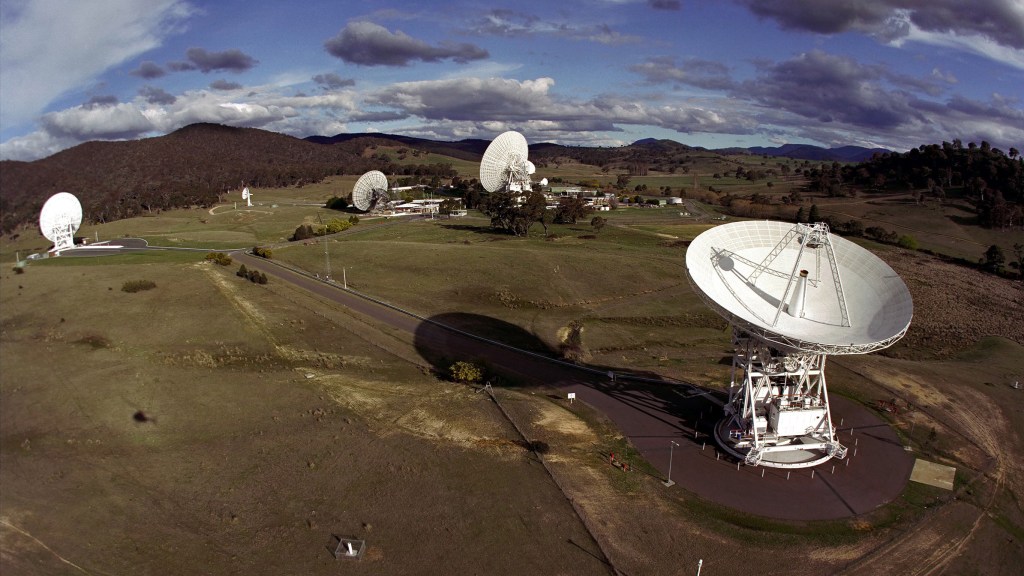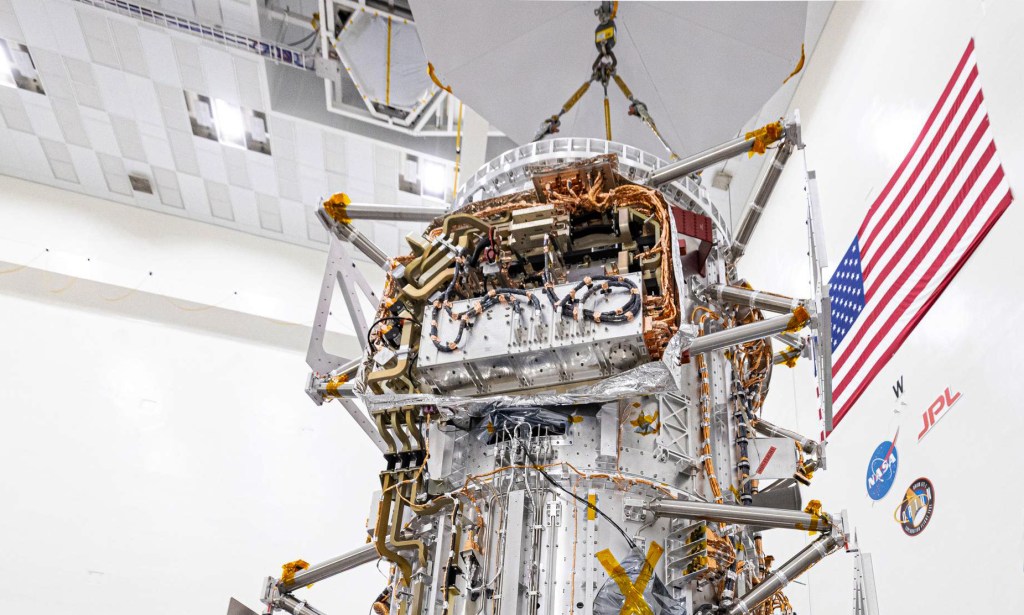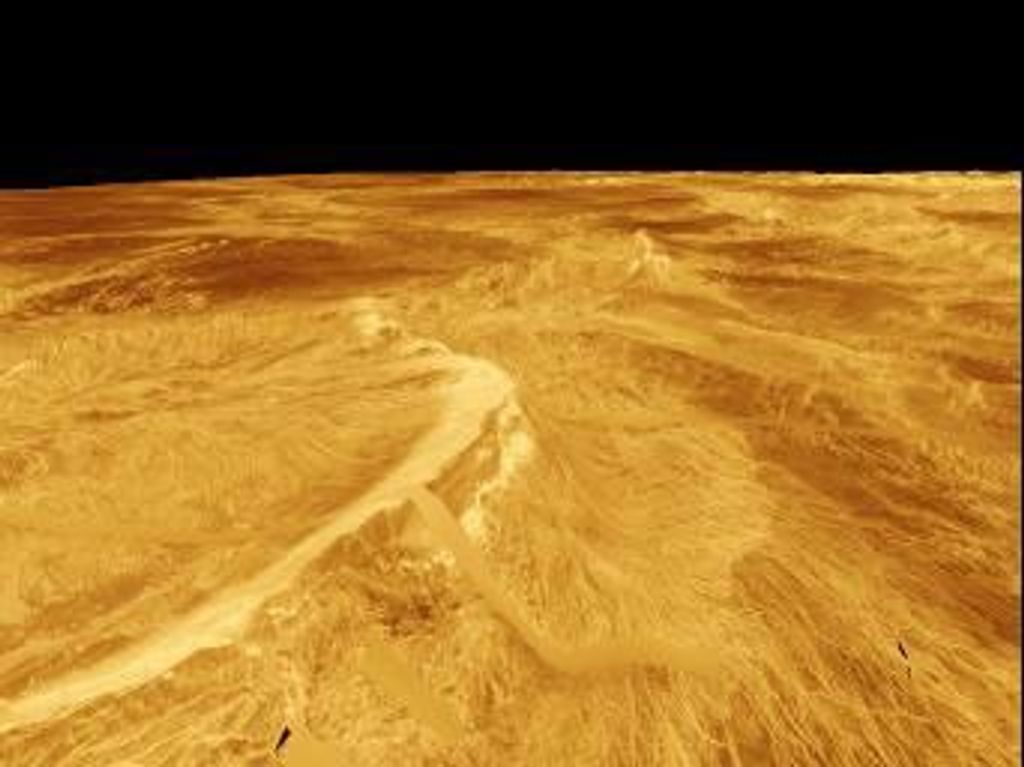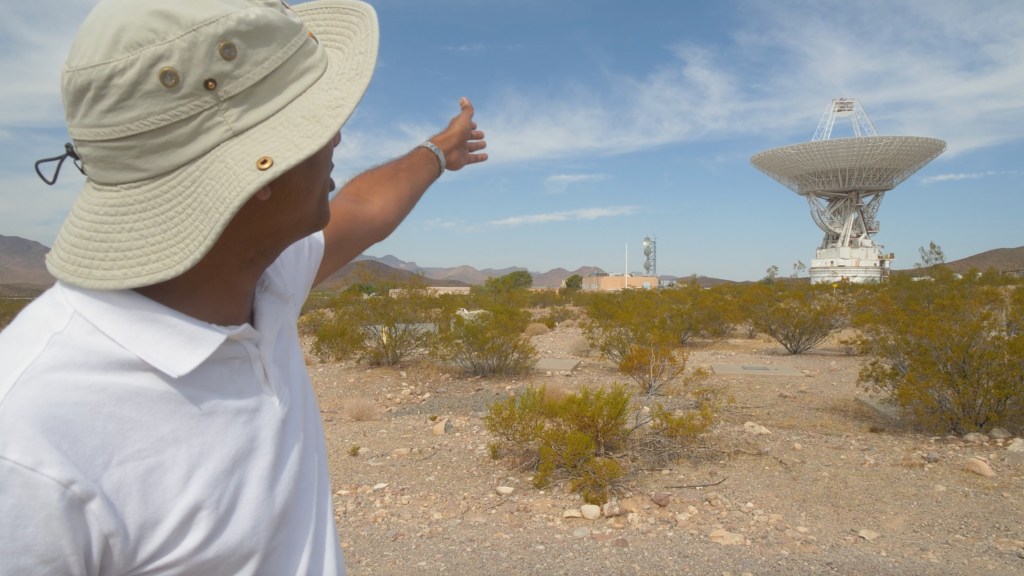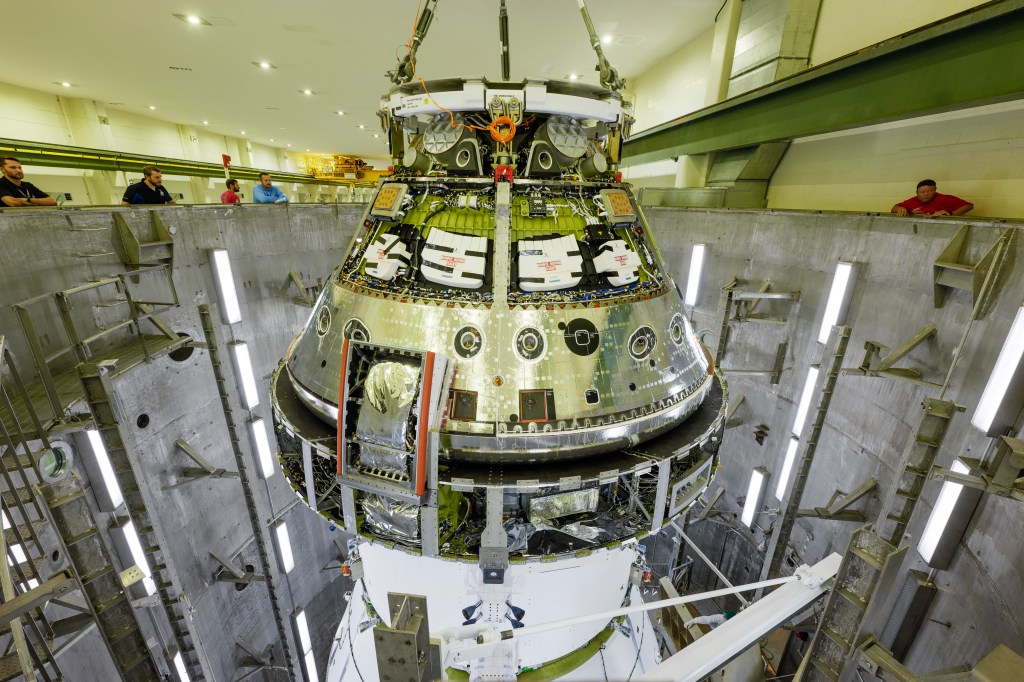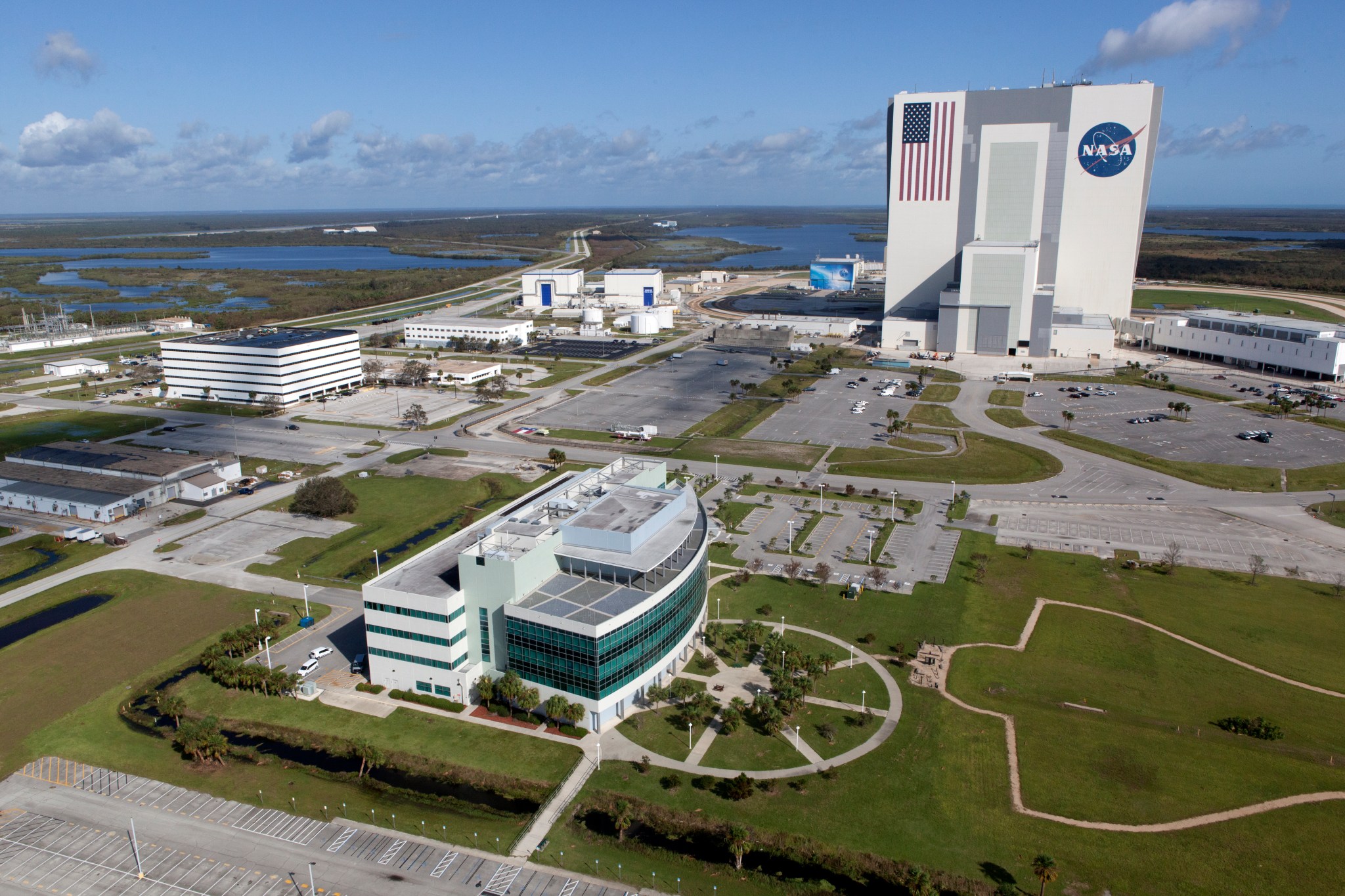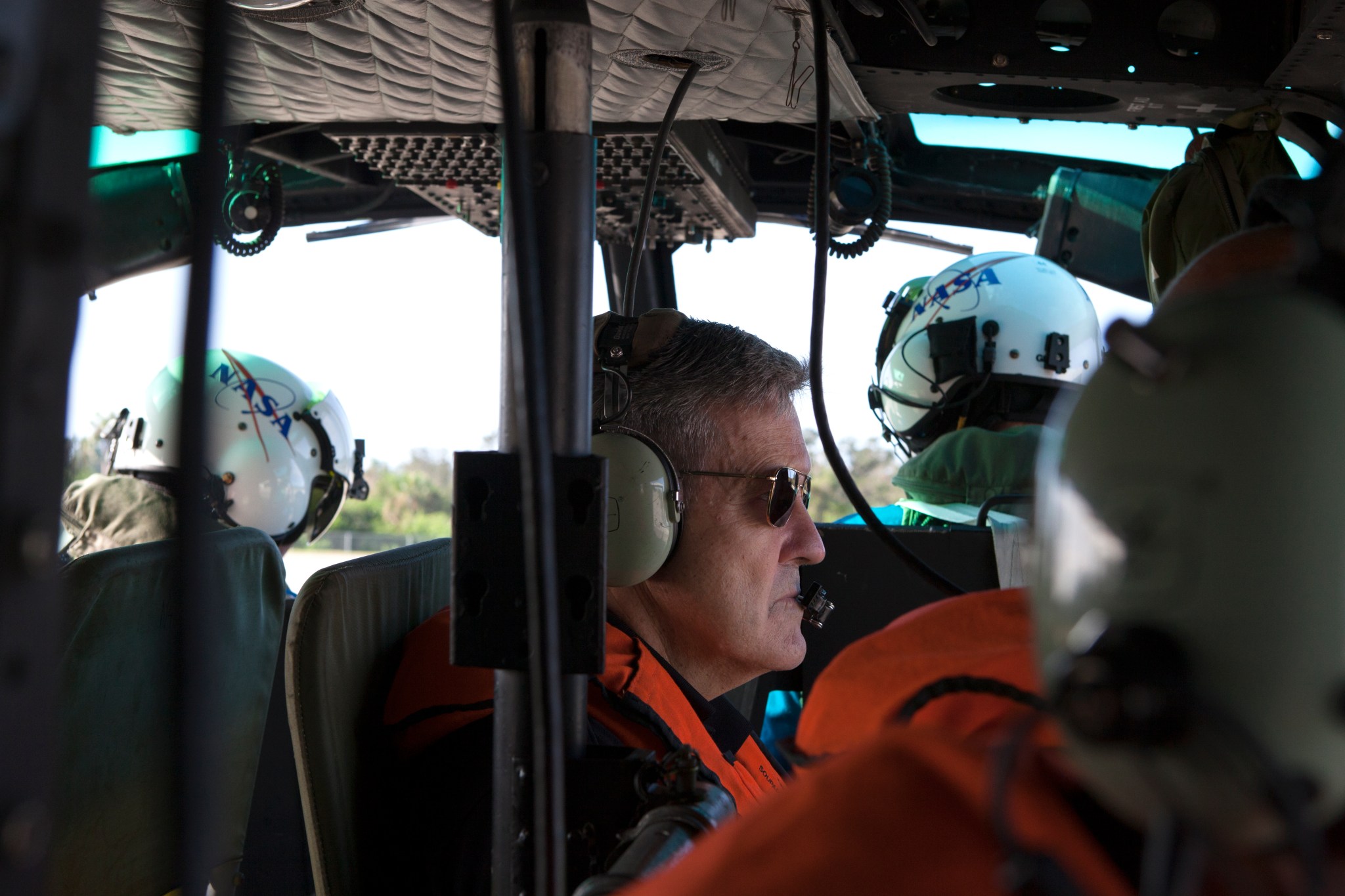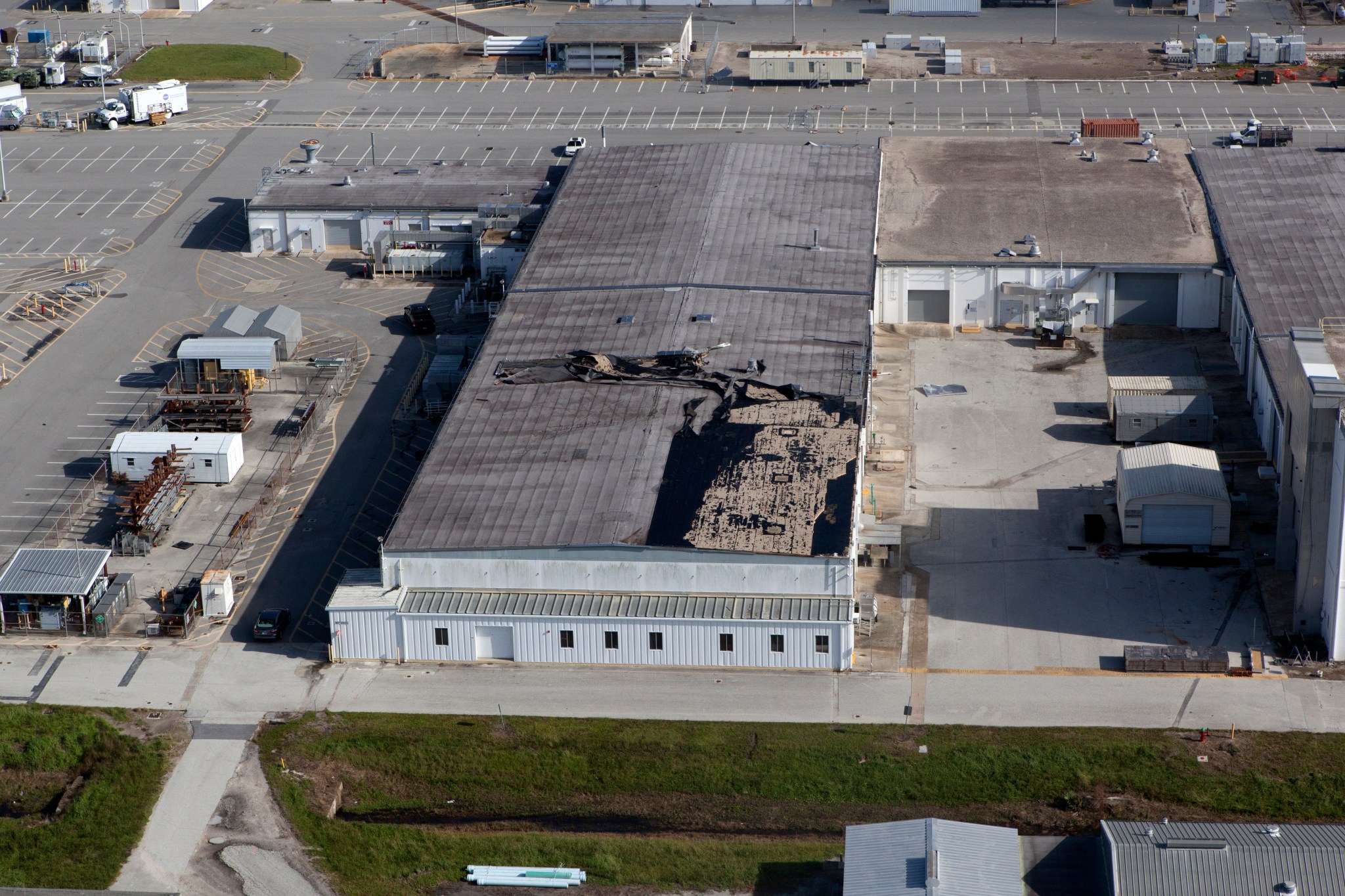NASA’s Kennedy Space Center and its full team of employees have returned to normal operations after a recent brush with Hurricane Irma.
A powerful Category 4 storm, Irma made landfall in the lower Florida Keys early Sept. 10, then struck mainland Florida hours later on a path that took it up the west side of the peninsula. The storm’s center came within just 65 miles of the Florida spaceport during its closest approach at about 2 a.m. EDT Sept. 11.
In assessments immediately following the storm, some facilities were identified with roof damage or water intrusion. Loss of water pressure across north Merritt Island, where the spaceport is located, temporarily delayed the recovery of cooling systems and kept the center closed until Sept. 16, when it reopened following an all-clear notification.
It was Kennedy’s second encounter with a hurricane in less than a year. Hurricane Matthew passed just offshore Space Coast beaches Oct. 7, 2016.
“The center learned a lot in its response to Hurricane Matthew,” said Bob Holl, chief of the center’s Damage Assessment and Recovery Team, or DART. “The areas that were repaired (after Matthew) fared the storm quite well because they were built to updated standards.”
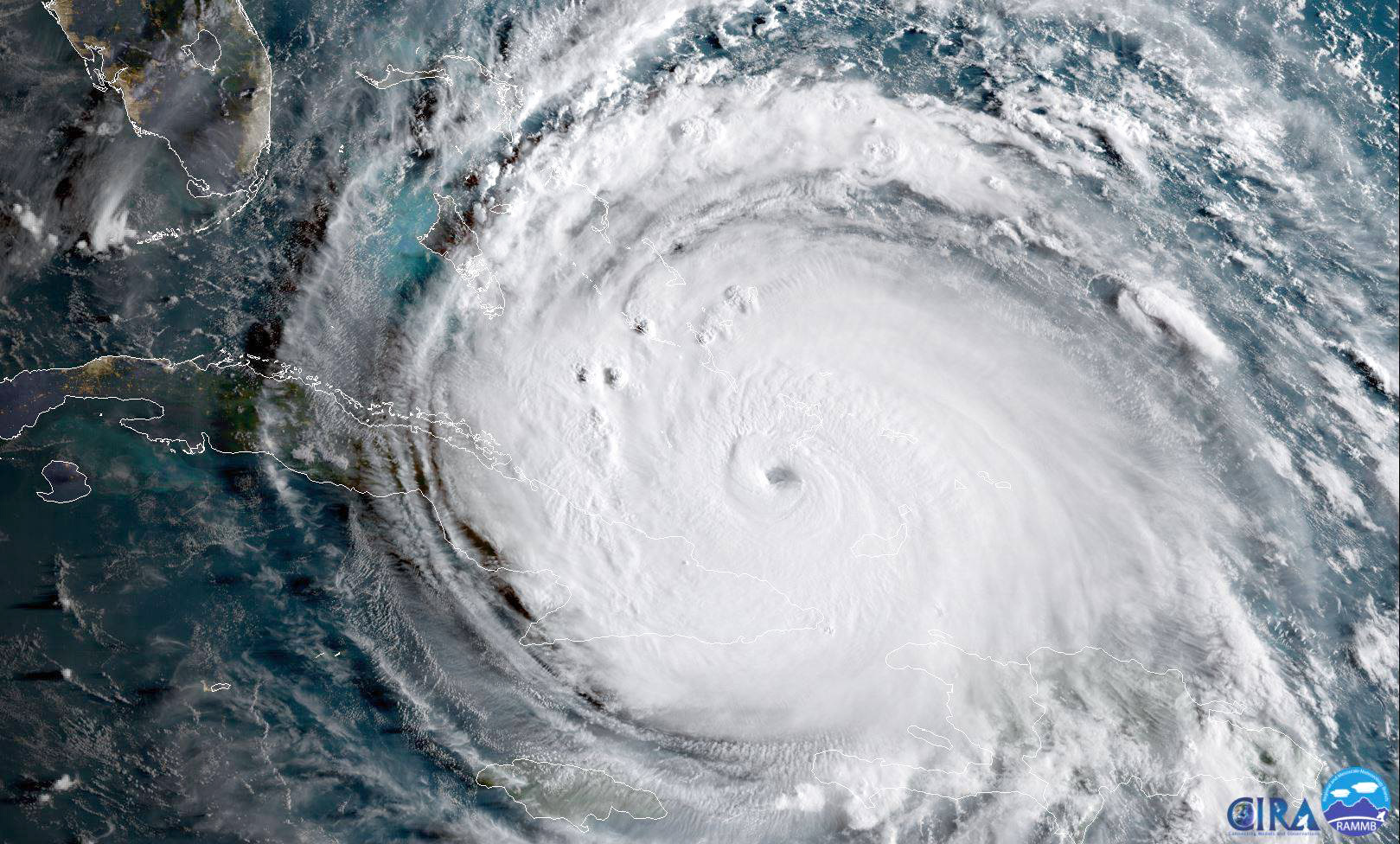
Space center officials and employees had several days’ head start in monitoring and preparing for Irma’s arrival. Early forecasting models predicted a Florida impact more than a week before the storm reached the state’s shores.
As the forecast track became clear, facilities and center infrastructure were shored up, and workers secured office items and covered electronics in plastic. Kennedy closed at noon Sept. 8, and at 3 p.m. the next day, the 120 members of the center’s Rideout Team took their places to await the onset of Irma’s wind and rain. Meanwhile, the 250-member DART prepared to relieve the Rideout Team once the storm passed.
Kennedy Space Center Director Bob Cabana spoke with both teams before addressing employees, encouraging them to take care of themselves and their families.
“I know the center is in good hands,” Cabana said. “My primary concern is for the safety of each and every one of you. Please take this storm seriously, and take all the proper precautions and evacuate if you’re in a low-lying area or on the barrier islands. We can replace hardware and things, but we cannot replace you.”
Based on the initial analysis provided by the Patrick Air Force Base 45th Weather Squadron, wind speeds at the center varied from 67-94 mph (59-82 knots) at the 54-foot level to 90-116 mph (79-101 knots) at the 458-foot level during the storm.
“Unlike Hurricane Matthew, Irma had the potential to be the most devastating storm that’s ever hit us,” said Wayne Kee, NASA Emergency Management Officer and chief of the Rideout Team. “What was startling was how long it stayed over us. It took about four-and-a-half hours to move off, and we were on the worst side of it. The wind sounded like a tornado — that loud, roaring, train-like sound as the winds go by.”
The DART officially relieved the Rideout Team on the morning of Sept. 12, and Cabana joined team members on a helicopter survey of the center. Critical repairs were prioritized, along with inspections of the various flight hardware elements being readied by both NASA and commercial partners at the multi-user spaceport. In parallel with recovery activities, small teams resumed their testing to continue support of mission-critical timelines.
“The inspection teams were able to move quickly through a number of buildings with multiple disciplines and contractors working together,” Holl said.
The all-clear to reopen the center came Sept. 15, and employees were permitted to re-enter the next day. The majority of employees returned to their work sites or offices on Monday, Sept. 18. Some still were without power or water at home as area utilities continued recovery efforts.
“I know the last couple of weeks has been tough on the team and several of you have dealt with numerous challenges thanks to Hurricane Irma,” NASA Acting Administrator Robert Lightfoot told employees via email Sept. 18. “I remain amazed by this team and its resiliency. You all epitomize the spirit of the NASA family to work through challenges!”

